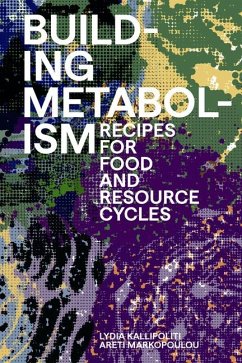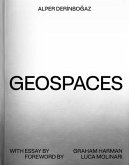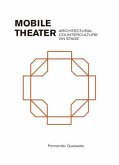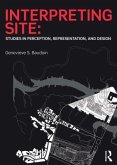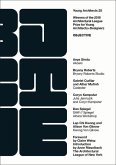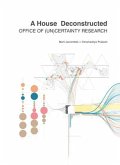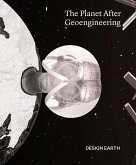How can we design the architecture of metabolism? How can architecture redefine resources, produce nutrients and contribute to regenerate land and protect communities at risk? Building Metabolism aims to reveal how architecture constructs, distributes, and leverages power via material recycling, interspecies alliances, biopolitics and excremental processes. This book, stemming from the expanded work produced for the 2022 Tallinn Architecture Biennale--themed EDIBLE and curated by the authors--reimagines the "home" on both domestic and planetary scales as a digestive system, processing human output in its various forms and converting it into actionable resources. >Envisioning an architecture that produces resources, digests its waste, and decomposes itself, Building Metabolism challenges the extractive, consumptive, and contaminating logics of the built environment. Moving beyond an understanding of metabolism as a collection of inhabitable machines--which is a reading that carries the heavy burden of modernism--the book explores metabolism as patterns of energy and material generation and distribution within a multiverse. This reality does not tolerate traditional dichotomies of nature and artifice, humans and non-humans, resource, and waste; rather, it urges the emergence of a novel network of life and death and alternative forms of matter, including non-human agents, but also technological and cultural others. >With Contributions of Lydia Kallipoliti, Areti Markopoulou, Andrés Jaque, Mark Wigley, Barbara Penner, Design Earth, Lateral Office, and Feifei Zhou among others.
Bitte wählen Sie Ihr Anliegen aus.
Rechnungen
Retourenschein anfordern
Bestellstatus
Storno

